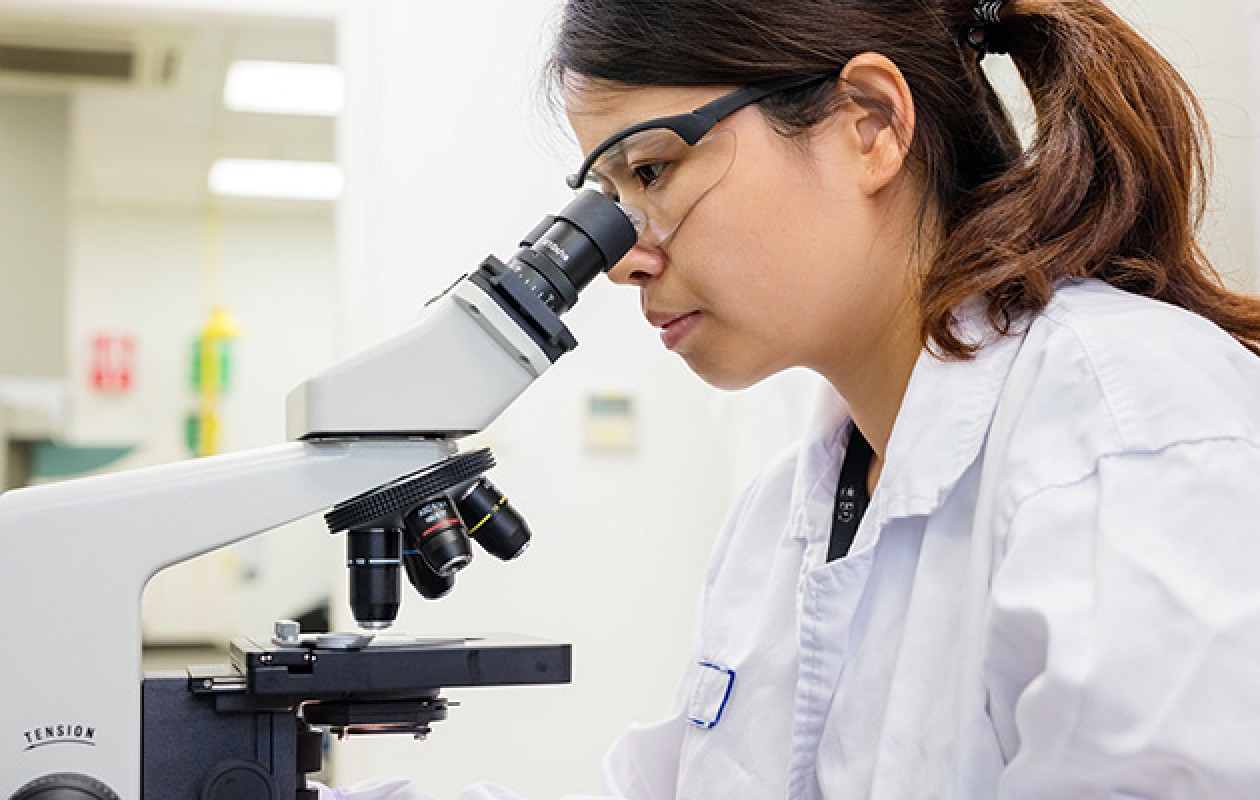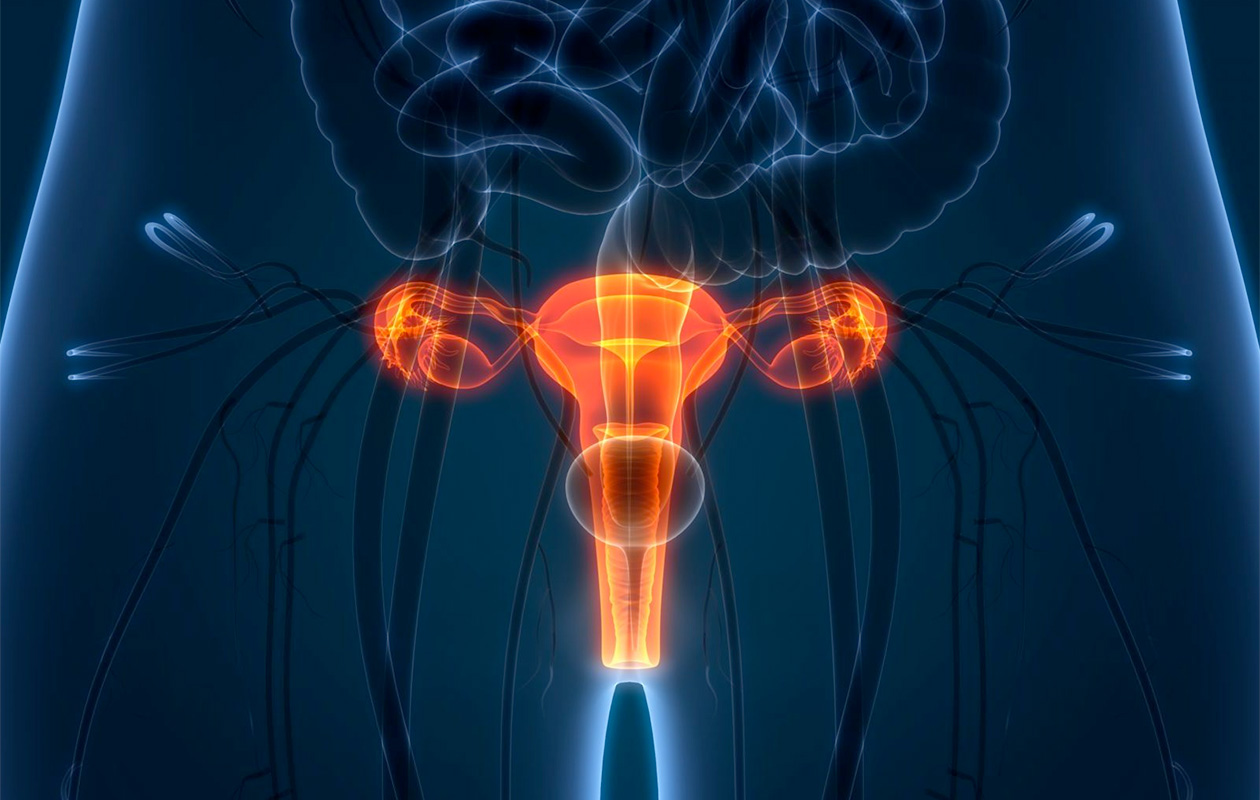Increasing laboratory pressure calls for integrated automation of HPV testing

Is your cervical cancer screening laboratory ready to tackle the challenges of the future?
While automation is gaining adoption – and will continue to grow over the next decade – laboratories are faced with a shortage of skilled workers to fill the currently available jobs. A key reason for this staff shortage is the dramatic ageing of the population that will be responsible for a decrease in Europe’s working-age population by about 4% by 2030.1 By 2030 – as increasing automation will be amplifying the shift towards more knowledge-intensive sectors – it is estimated that activities that require technological skills will grow in all industries across Europe, creating even more demand for workers with science and technology skills, who are already in short supply.1
At the same time, more and more laboratory jobs may be created in the next decade. Indeed, projections show that job numbers in the sector of professional, scientific, and technical services could be increased by almost 20% by 2030, which is set to be the strongest sector in terms of potential job growth in Europe.1 So, although automation is replacing more and more tasks, automation alone is not necessarily capable of compensating the staff shortage that Europe is facing for the decade to come.1
The demographic changes and shrinking workforce impact the organisation of laboratories that are now looking for new ways of reducing the pressure on staff while responding to the high testing demand.
Choosing versatile instrumentation with integrated automation can help address the challenges of cervical cancer screening labs.
HPV testing automation adapted to your needs
BD COR™ System
Is your cervical cancer screening laboratory ready to tackle the challenges
of the future?
|
HPV test and instruments
|
|
Technology integration
|
|
Multiple sample types
|
The triage challenge
|
BD offers comprehensive HPV screening solutions that can adapt to any
lab’s size and specific needs.
1. McKinsey Global Institute. The future of work in Europe: Automation, workforce transitions, and the shifting geography of employment. June 2020.



















